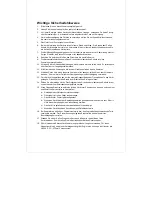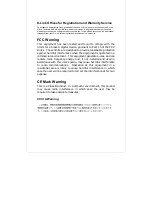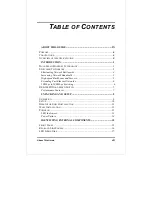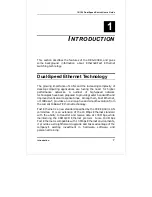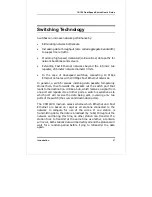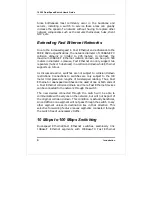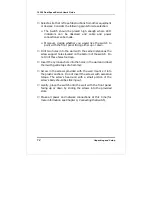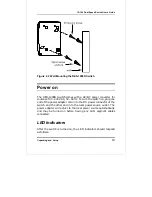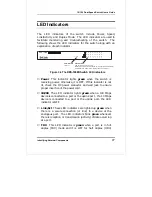
10/100 Dual-Speed Switch User’s Guide
4
Introduction
Eliminating Network Bottlenecks
Collisions are a normal occurrence when using Ethernet and they
don’t usually have a noticeable affect on overall network
performance. However, when too many stations are competing for
use of the network, collision rates can become very high and
network performance can be affected. Degraded performance is
characterized by long delay times, usually the result of high
collision rates in certain components or network segments. These
congested areas are called bottlenecks.
An area of the network where collisions can occur is called a
collision domain or segment. Switches, by their very nature are
outside collision domains; each port on a switch is a separate
collision domain, and stations connected to different ports on a
switch reside in different collision domains. A switch allows high-
speed, collision-free communication between the collision domains
connected to it.
If, for example, eight Ethernet stations are connected to an
Ethernet hub, they share the 10 Mbps Ethernet bandwidth. This
results in an average bandwidth per station of 1.25 Mbps. If the
same eight stations are connected to an Ethernet switch, each
station has 10 Mbps of dedicated, collision-free bandwidth. Since
collisions cannot occur, traffic is sure to flow between the connected
segments.
Eliminating network bottlenecks involves identifying the major
sources of network traffic (network servers for example) and giving
them their own Fast Ethernet and/or switched connections. Also,
switches can be used to divide collision domains containing many
users into smaller, less populated segments, thus distributing the
network load and reducing competition for the wire.



